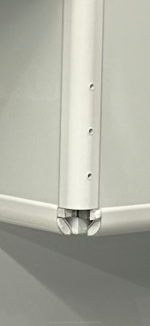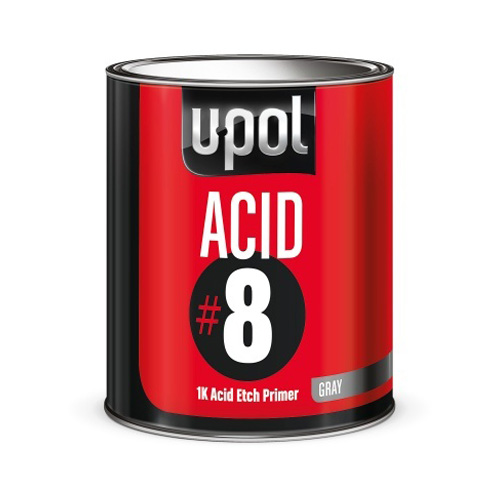I'll try to address all these interesting observations and opinions.
Let's start with the picture cross section. First it is incomplete. The panels for camper applications are foam core. The picture shows the first step application bonding the outer extrusion. When cured, the second step is to remove the screws and apply adhesive in the corner of the inner extrusion. Then re screw to form consistent bond and strength. Final step is to remove the screws once cured so there is no direct thermal bridge. Alloy said Foam inside the aluminum extrusion might gain 0.5R because the aluminum will still transfers cold around the foam. The best way to deal with condensation in the corners is to add a block of XPS on the inside an air seal it. That has been addressed, but as Ruff points out it may not be enough. However, as I just explained, by filling the inner "triangle" with sikaflex, this should help reduce the transfer.
Here are some responses directly from the manufacturer.
The aluminum extrusions need to be coated with something prior to bonding. Normally for us this is powder coating. If you are wanting bare metal extrusions, there is a primer that can be put on the bonding area.
We use a Type 2 EPS foam. The foam itself has an R value of 4.75 per inch. The R value of the skins themselves is 0.25. So on a 1.5” thick panel the R value is 7.38. A 2” thick panel would be 9.75. Others may claim a much higher R value, higher than the combined totals of their material, because they "somehow" tested the panels. This is not how R value works. There is another measurement that can be used to calculate what they may be trying to claim, but that number would not mean anything to anyone.
The adhesive is SIKA 252. This is a very common commercial and automatic transportation adhesive. We built over 50,000 sleepers with this same adhesive, which was tested and specified by Daimler Chrysler, without a single adhesive failure.
The image they are seeing with the panels bonded up needs to be updated with insulated panels, and a foam insulator that we put in the extrusion to fill the air gap.
The slip in method of bonding can work. There are various companies that use this. However, with this method you are relying on the correct amount of adhesive being applied, and the panel being inserted correctly so that adhesive is not wiped away, and that there is adhesive contact everywhere. It is certainly possible to do this. With the clamping method, we can control where the adhesive is applied, and that we have a proper bond line. With clamping together, the adhesive is designed to squeeze out as it is clamped. We can physically see that adhesive has been applied along the whole bond line.
The FRP extrusion is a good extrusion. We choose not to use that method for the reasons above. We have a proven track record of using it. The clamp method for bonding is something that Daimler uses on all bond surfaces for the sleepers we built. In any redesign paths they always rejected/stayed away from slip in bonding. They didn’t use it as marketing, they just tested and designed.
The comment about overlapping panels would be better, is absolutely valid. It would probably make for a more insulated panel. We have to install other pieces to combat this. The rounded look that we have is achieved by the way we assemble the units together.






